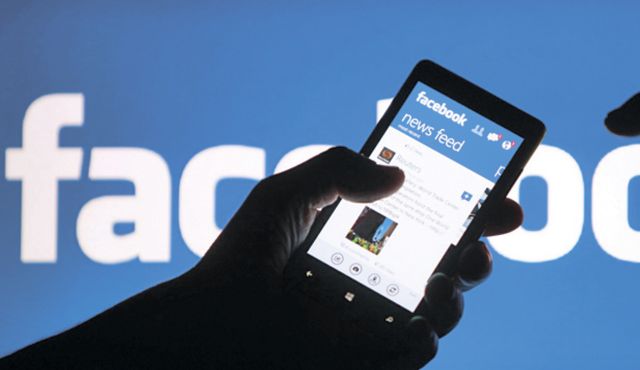 Many marketers and digital publishers complain that Facebook has used algorithm tweaks to intentionally reduce the reach of brands in order to entice them to purchase more advertising.
Many marketers and digital publishers complain that Facebook has used algorithm tweaks to intentionally reduce the reach of brands in order to entice them to purchase more advertising.
Companies have long complained about a decline in Facebook reach, but the trend may be continuing and even accelerating. Publishers have seen a significant drop in reach in just the last few months. The Chicago Tribune has suffered a substantial drop in reach of its posts since January, despite increasing its fan base, says Kurt Gessler, deputy editor for digital news at the newspaper, in a Medium article.
“Last month was probably the worst we’ve had in reach in about a year. The fact everyone else is seeing it is a little bit troubling,” said Matt Karolian, director of audience engagement at The Boston Globe, reported Digiday.
Why all the Constant Updates?
Facebook says it continually adjusts is news feed algorithm to provide users content they desire. There far too much content online for anyone to view. It prioritizes content from publishers with existing relationships with viewers. People are more likely to see posts from companies if they previously engaged with their content, among other factors. That tends to limit what people see in their news feeds to publishers they already know – to viewpoints they already hold.
A second Facebook news feed in the works could be a godsend for marketers desperate to reach customers without shelling out money for advertising. Saying it wants to help people discover new content, Facebook says it is testing a secondary news feed of content from pages and people users are not connected to on the network. Adam Mosseri, vice president of news feed, referred to it as the “discovery surface” at the recent Facebook F8 conference. Media reports call it the explore tab.
Some Facebook users recently noticed a rocket ship icon on their Facebook apps next to the news feed tab. It was filled with posts, articles, photos and videos from sources they don’t follow. Facebook thinks the content might interest users because they are similar to pages they already follow. A test on the iOS app labeled the new tab “Explore.”
A Facebook spokesperson told TechCrunch: “We are testing a complementary feed of popular articles, videos, and photos, customized for each person based on content that might be interesting to them. We’ve heard from people that they want an easy way to explore new content they haven’t connected with yet.”
A Boon for Brands
A second news feed could be a boon for brands. Their followers would be more likely to see their posts, and perhaps even more importantly, they could reach new potential customers.
“While Facebook could of course tweak its algorithm to boost organic reach, that almost certainly would come at a cost to its ad business,” comments Patricio Robles at Econsultancy. “A second News Feed, on the other hand, seems to offer Facebook a way to give brands with popular content greater reach without having to mess with its primary News Feed.”
Facebook would also benefit by gaining another place to put ads. It has warned investors that it’s approaching peak ad load, the number of ads it can show to each user.
A second news feed could potentially open a new venue for fake news publishers and hinder Facebook’s efforts to combat fake news.
In addition, there’s no guarantee users will embrace the alternative feed. People use Facebook to communicate with friends and families and, to a lesser extent, to follow causes and organizations they care about. Exploring sounds nice, but will users like content from publishers they don’t know and content that challenges preconceived notions? Will they agree with Facebook’s automated evaluation of their interests? Will they object to Facebook using data about them and their communications with friends and family to deliver more content and advertising to them?
In expanding its services, Facebook has mostly hit the right notes with its users. Based on Facebook’s past success and its digital advertising leverage, many marketers and publishers will likely hop on the additional news feed as a potentially lucrative marketing vehicle — a risk worth taking.
Bottom Line: A secondary Facebook news feed under development could help people discover new content and new brands. Marketers would be able to reach new customers. While Facebook seems intent on introducing the complimentary news feed, the details of how it will work remain uncertain. Publishers and brands will no doubt eagerly wait to see how the alternative news feed evolves.
William J. Comcowich founded and served as CEO of CyberAlert LLC, the predecessor of Glean.info. He is currently serving as Interim CEO and member of the Board of Directors. Glean.info provides customized media monitoring, media measurement and analytics solutions across all types of traditional and social media.





Trackbacks/Pingbacks